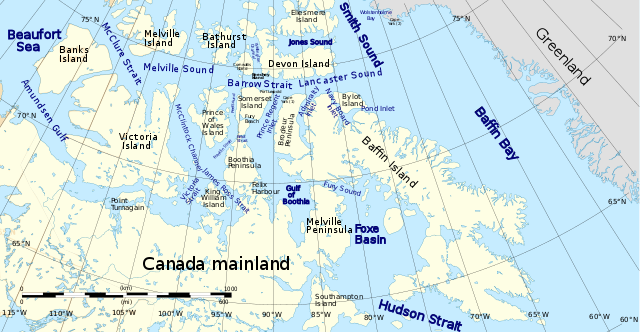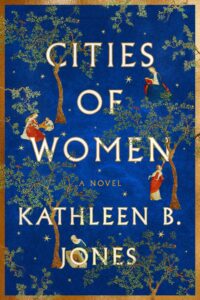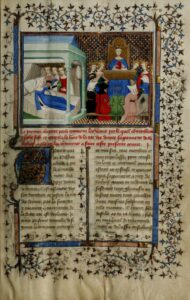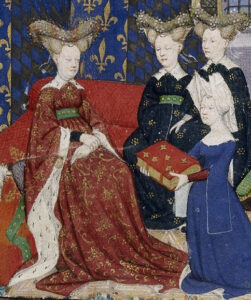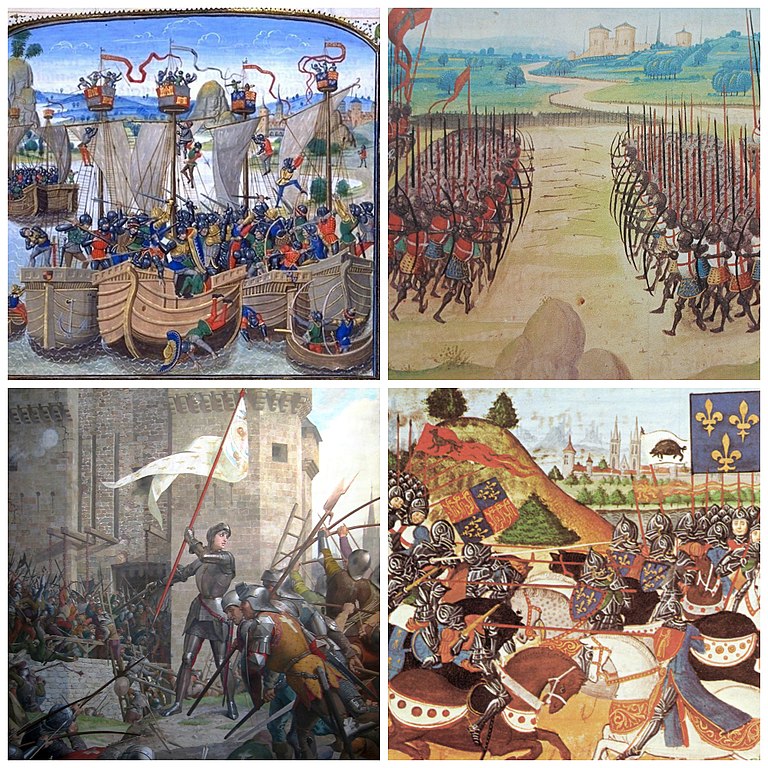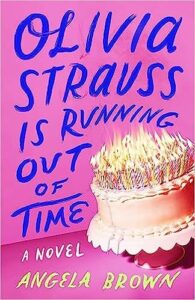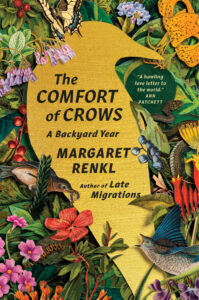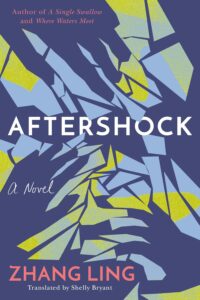
What’s lost and what can be saved after severe psychological trauma (China, northeast/southeast cities, and Toronto, Canada; 1968 – 2006): “In 1976, the sky over China collapsed.” So begins the newest, English-translated, searing novel by acclaimed Chinese-Canadian author Zhang Ling. Poignantly asking, “What can you hold onto forever?”
In 2010, Ling’s Aftershock novella was adapted into a movie that skyrocketed her to literary fame. By then, she’d immigrated to Toronto and was working as a clinical audiologist treating patients who were victims of wars and disasters. Her Chinese and Canadian experiences gave her first-hand insight into trauma. The movie became the “highest-grossing domestic film in China’s history.” Available in subtitles on some streaming platforms, be forewarned that even this short video clip is intense and disturbing:
Aftershock, turned-into-a-novel, is dedicated “To 1976, the most eventful year in my memory.” Psychologically focused on the aftermath of the worst 20th century “natural disaster in the entire record of earthquakes,” Ling writes, killing an estimated half-a-million people and leaving survivors “numb and heartless.”
The emotionality of Aftershock may be the closest a non-psychologist/psychiatrist reader gets to understanding the mental anguish of a deeply-rooted, complex psychological illness: post-traumatic stress disorder, PTSD.
Penetrating storytelling centers on one family living in a “simple, residential” community in China’s northeastern, coastal city Tangshan, in the Hebei province. You’ll see how some survivors cope, dramatically contrasted by one whose heart and soul are so broken she becomes an emotional shell of her former self. Xiaodeng is that mentally, dispirited main female character who essentially died in that epic earthquake too.
Ling’s piercing prose and storytelling deeply moves us, displaying why she’s been awarded multiple, prestigious Chinese literature prizes. A mere two-and-a-half opening pages, following an even briefer Foreword about that fateful 1976 day, may be one of the most compelling literary hooks you’ve read.
The story of a family of four primarily revolves around the mother, Li Yuanni, and her two twin children: daughter Xiaodeng and son Xiaoda. Twin psychology is also at play. Their father, a former soldier, drives a truck on “long-haul” journeys. Long-haul well-describes the novel’s journey from Before and After the earth exploded onto them. Mother-and-son are the more resilient ones, yet still dealing with their survivor guilt; Xiaodeng is the one who cannot move forward because of her mother’s in-the-moment, life-or-death decision when she realizes she can only rescue one child. A fleeting, excruciating decision with monumental, life-altering consequences. Why she chose her son over her daughter will haunt you.
There’s so many BIG themes packed into this slim historical, soulful novel (208 pages). The soul that’s left is what happens after unbearable sacrifice and abandonment. The depiction of Li digging through the “rubble with her our own fingers after the earthquake” leaves a mother and son with emotional and/or physical scars, yet overpowered by the left-to-die daughter.
Xiaodeng’s mental suffering is witnessed over thirty years. How do survivors of extreme emotional trauma get on with their lives? How tormented are their psyches? How well do they sleep? Have nightmares? Paralyzing anxiety? Unrelenting headaches? What are their relationships – familial, marriage, children, occupational – like? At one point, optimistic Xiaoda says, “Good days are coming,” and you can’t help but wonder when, if ever, that outlook will apply to his long-lost sister, who could be dead as far as mother and son know.
In a recent interview, Ling discusses how important the “mother-daughter relationship is,” which she’s explored in other novels. Aftershock delves into three mother-daughter relationships: Li’s and Xiaodeng’s; Xiaodeng with her adoptive mother (her adoptive father also influences feelings of betrayal); and when Xiaodeng marries and has a daughter of her own. An exceedingly strict, overprotective mother.
“Xiaodeng,” her husband Yang Yang says, in tears. “I can’t get inside your heart. I’ve been trying to for eighteen years, but it’s no use. You’re wrapped up too tightly.”
“What if I told you my heart was wrapped too tightly even for me to get in, would you feel better?” Xiaodeng replies.
Yang Yang’s tears replace Xiaodeng’s who hasn’t cried since the earthquake. “Her eyes like ice caves.” Tears, a treatment goal. Her mother Li’s tears are of “only despair.”
Ling helps us understand why Xiaodeng is helpless at modifying her behavior for the sake of her daughter’s and husband’s happiness. Even love and tenderness cannot fix this family’s oppressive tension. “How could she give what she didn’t have?”
We don’t meet Xiaodeng in the Before. Instead, when she’s thirty-seven, when the damage has become ingrained, arriving by ambulance at a real Toronto hospital, whispering into the ear of a psychiatrist, “Save Me,” having tried to commit suicide. Can she be saved?
To fully absorb Ling’s heartrending words, Chinese history (ancient and revolutionary swiftly blended in), culture, and intentions calls for pacing yourself, despite riveting you. Otherwise, you may need to pause to get your bearings, as I discovered. Owing to the novel’s creative structure told in one fell swoop: one long chapter broken up by subparts or scenes that do not move chronologically over the decades and vary from place to place in China and Toronto. If you don’t pay attention to the dates you might get confused as Xiaodeng’s name changes from Chinese to North American and the storylines are multi-leveled depending on the time period. Time and place melt, creating the sense there’s no exit, no reprieve. The foreverness of mental illness, especially when you suffer inside and don’t let others know how badly you’re hurting should jolt even those who stigmatize mental disorders rather than appreciate how the mind influences people’s behaviors.
Like A Single Swallow, one of Ling’s earlier novels, Aftershock was also translated by Shelly Bryant. Released in 2020, its forceful prose conveys the same science and art of translation found in Aftershock that’s sure to remain vivid long after you finish it.
Earthquake survivors today are nearing their forties, Ling points out. How many others are quietly suffering to the degree Xiaodeng has? To Ling’s credit, she brings their debilitating psychological duress out in the open.
Atmospherically, the “force of the wind” blasts throughout, adding to the “crisp pain”and fantasy of being swept away escaping the pain.
It’s impossible not to reflect on how much of Zhang Ling’s personal experiences are blended into the novel. Like Xiaodeng, she came to Toronto, staying in China ten years after the earthquake. After the Cultural Revolution she depicts, launched and ended by Mao Zedong, the Communist founder of the People’s Republic of China, who also, strikingly, died in 1976. Another similarity we learn on page one is that Xiaodeng, like the author, is a famous writer. When she’s wheeled into the hospital, the staff know she’s just been honored with a Canadian literary award. The dichotomy between triumph and devastation is enlightening, like when we get shocked that a celebrity has taken his/her own life. Outward success conceals inner demons.
Freedom is another BIG theme. Freedom from mental agony, tyranny, and feeling free to express oneself. In another interview, Ling discusses what it was like to grow up during the Cultural Revolution, “when a wrong opinion could lead to unimaginable consequences.” Her literary recognition happened after she left China.
Healing Fiction is both a literary subgenre and the name of a groundbreaking book by American psychologist, James Hillman. His therapeutic work was referred to in the above linked-to fascinating article about Aftershock, the movie.
If Xiaodeng can make “space for feelings” as her dedicated psychiatrist says, then the novel is a triumph, too, offering hope and healing through artful fiction.
Lorraine

